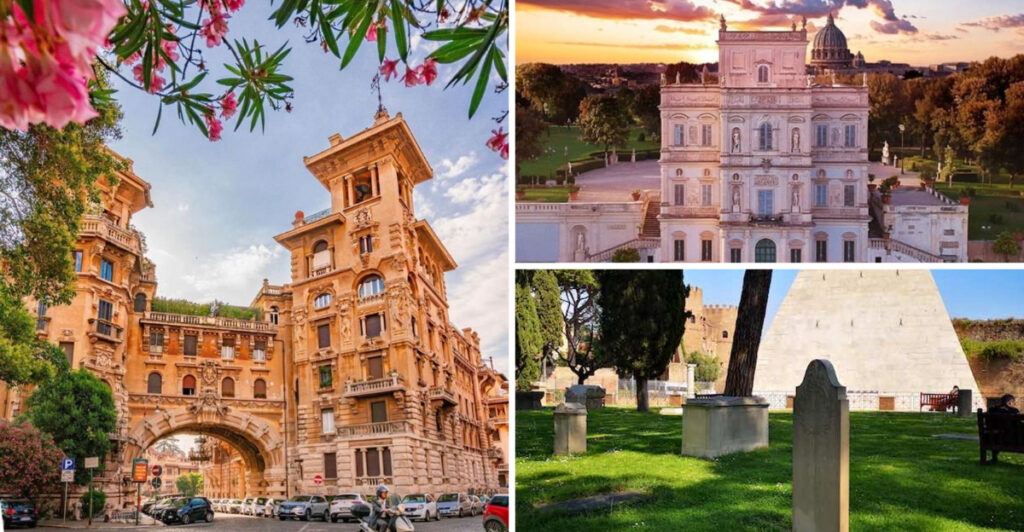Rome, a city of ancient ruins and bustling piazzas, is often besieged by tourists flocking to its famous landmarks. But beyond the well-trodden paths lie secret spots waiting to be explored. By avoiding the typical tourist attractions, I stumbled upon a side of Rome that is rich in charm, history, and authenticity. Join me as I uncover the hidden gems that the Eternal City has to offer, far from the crowds.
Quartiere Coppedè: Enchanted Architecture

Tucked away in the Trieste district, Quartiere Coppedè is a whimsical wonderland of architecture. This neighborhood, designed by Gino Coppedè in the early 20th century, showcases a blend of Art Nouveau, medieval, Baroque, and ancient Greek influences.
Wandering through its streets, you’ll feel as if you’ve stepped into a fairytale, with intricate details like wrought iron balconies and frescoed facades surrounding you.
Although not widely known, its charm captivates those who seek it out. The district’s distinctive style offers a refreshing break from Rome’s usual architectural themes. Perfect for those who love unique design.
Centrale Montemartini: Art in Power
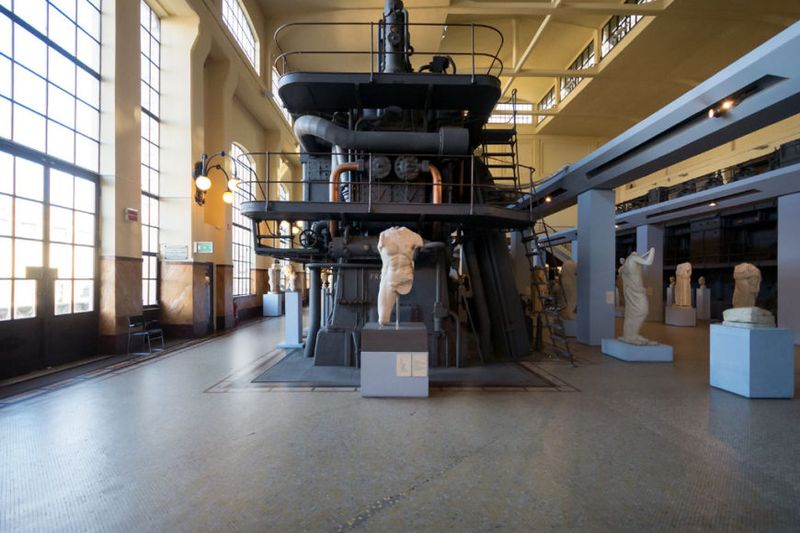
Once a power plant, Centrale Montemartini has transformed into a remarkable museum where ancient art meets industrial grit. This unique venue houses classical sculptures and artifacts amidst the backdrop of massive engines and turbines.
Visitors are often struck by the contrast between the serene beauty of the art and the mechanical might of the plant.
This surprising juxtaposition allows for a fresh perspective on Rome’s artistic heritage, away from the crowded galleries. It’s an unexpected delight for art enthusiasts and history buffs alike, offering a different narrative of the city’s storied past.
Giardino degli Aranci: A Citrus Haven
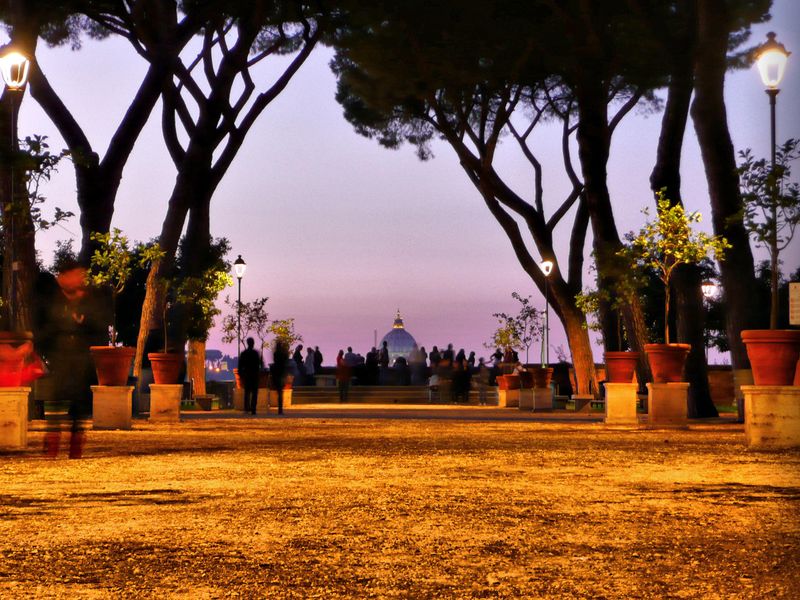
Perched atop the Aventine Hill, Giardino degli Aranci offers a tranquil escape with a breathtaking view of Rome’s skyline. This serene garden, lined with fragrant orange trees, invites visitors to relax and enjoy the panorama.
As the sun sets, the sky turns into a canvas of warm hues, perfectly framing St. Peter’s Basilica in the distance.
Away from the bustling streets, this peaceful spot is a favorite among locals seeking solitude and couples enjoying a romantic stroll. The garden’s understated beauty and quiet charm make it a hidden gem worth visiting.
Via Appia Antica: Ancient Pathways
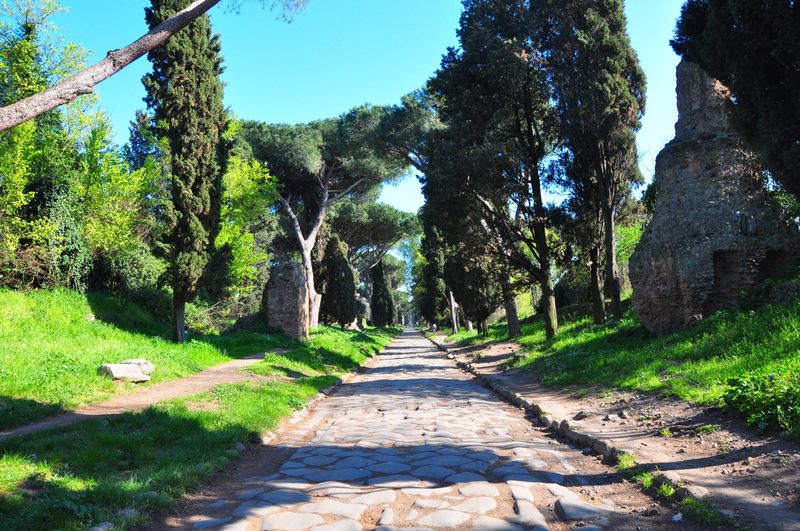
Via Appia Antica, one of Rome’s oldest roads, offers a journey through time. Lined with cypress trees and dotted with ancient ruins, this historic pathway invites exploration by foot or bicycle.
As you traverse the cobblestones, imagine the footsteps of Roman soldiers and travelers who once walked this route.
Unlike the crowded city center, this area is peaceful and reflective, providing a tangible connection to Rome’s illustrious past. It’s a must-visit for those who appreciate history and enjoy scenic landscapes, offering a serene alternative to the city’s usual hustle and bustle.
Testaccio Market: Culinary Adventures
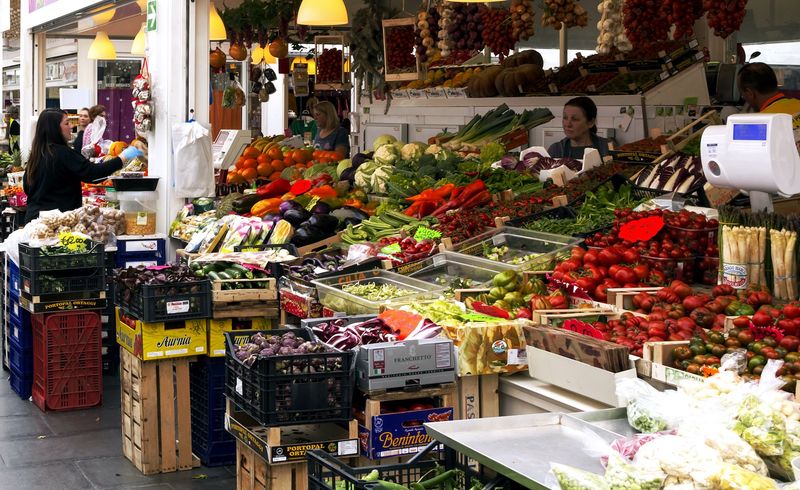
Testaccio Market is a culinary haven for those seeking authentic Roman flavors. Nestled in the Testaccio neighborhood, this bustling market offers everything from fresh produce to artisanal cheeses and handmade pasta.
Vendors proudly showcase their goods, while locals and tourists alike sample the rich flavors of Roman cuisine.
Beyond just food, the market embodies the heart of the community, with lively exchanges and friendly chatter filling the air. It’s a place where tradition meets innovation, offering a taste of Rome’s culinary culture away from the typical tourist eateries.
Villa Doria Pamphili: A Green Retreat
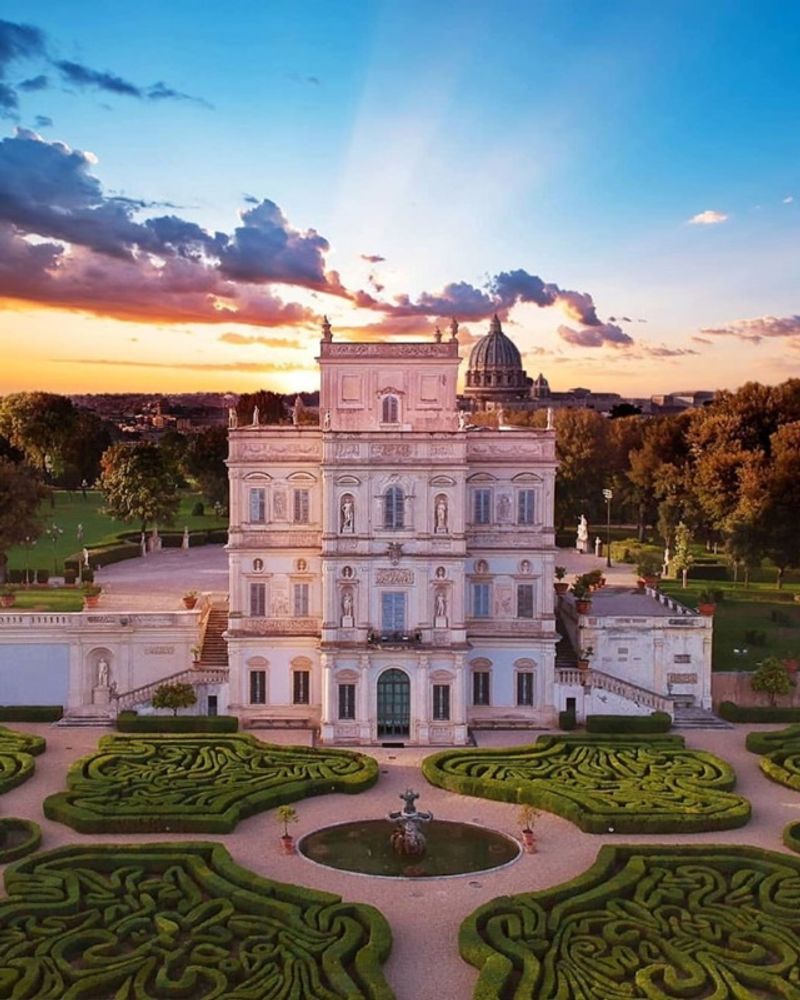
Spanning over 180 hectares, Villa Doria Pamphili is Rome’s largest public park, offering a vast expanse of greenery for outdoor enthusiasts. The park’s well-maintained paths are perfect for leisurely walks or energetic jogs.
Amidst the natural beauty, the historic Villa Doria Pamphili stands as a testament to the area’s noble past.
Families picnic on the lawns, while others enjoy the tranquility away from the city’s bustle. This verdant retreat provides a refreshing escape for those seeking nature and relaxation, highlighting a different side of Rome’s allure.
San Lorenzo District: Bohemian Vibes
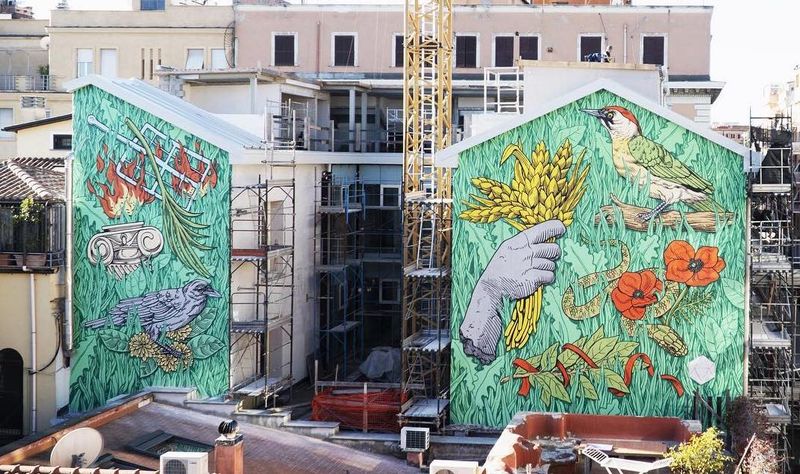
Known for its bohemian flair, the San Lorenzo district is a hub of creativity and youthful energy. This lively neighborhood is adorned with colorful street art and home to an array of quaint cafes and bars.
As you wander through its streets, you’ll encounter a mix of students, artists, and locals, all contributing to its dynamic vibe.
San Lorenzo’s eclectic character offers a stark contrast to Rome’s ancient charm, making it a hotspot for those seeking a contemporary cultural experience. It’s a vibrant slice of modern Rome, brimming with individuality and charm.
Quartiere Trieste: A Walk Through Elegance
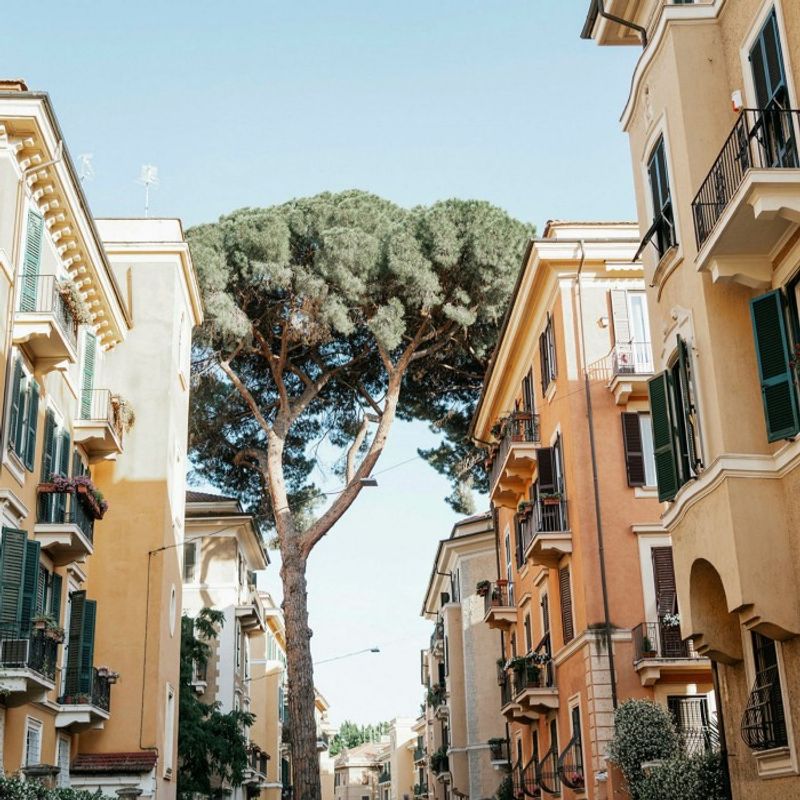
Nestled away from Rome’s bustling core, Quartiere Trieste offers a serene stroll through elegance. This district, defined by its 1920s architecture, effortlessly combines residential charm with historic allure.
Wander down its tree-lined avenues and discover stunning villas that whisper tales of bygone aristocratic life.
Here, the pace slows. Residents greet each other with smiles, and cafes invite you to linger over espresso. The charm is palpable, providing a glimpse into a Rome where time seems to stand still, offering both tranquility and beauty just beyond the tourist trail.
Monteverde Vecchio: Literary Haunts and Views
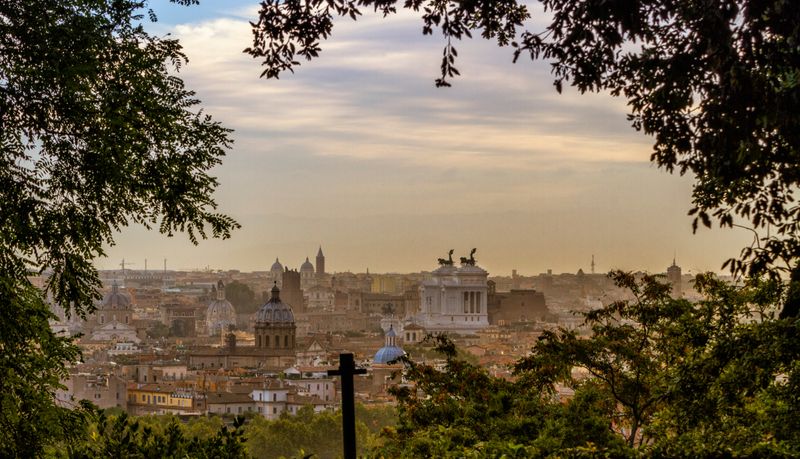
Monteverde Vecchio, perched atop the Janiculum Hill, is where Rome’s literary souls find refuge. This neighborhood, with its historic villas, was once home to writers like Alberto Moravia.
Visitors can enjoy sweeping views of the Eternal City from its vantage points. Cafes here, often adorned with books and memorabilia, echo stories of past intellectual gatherings.
As the sun sets, the skyline transforms into a canvas of warm hues. The air is filled with a sense of nostalgia, making it perfect for those seeking inspiration away from Rome’s crowded streets.
Parco degli Acquedotti: Ancient Marvels Reimagined
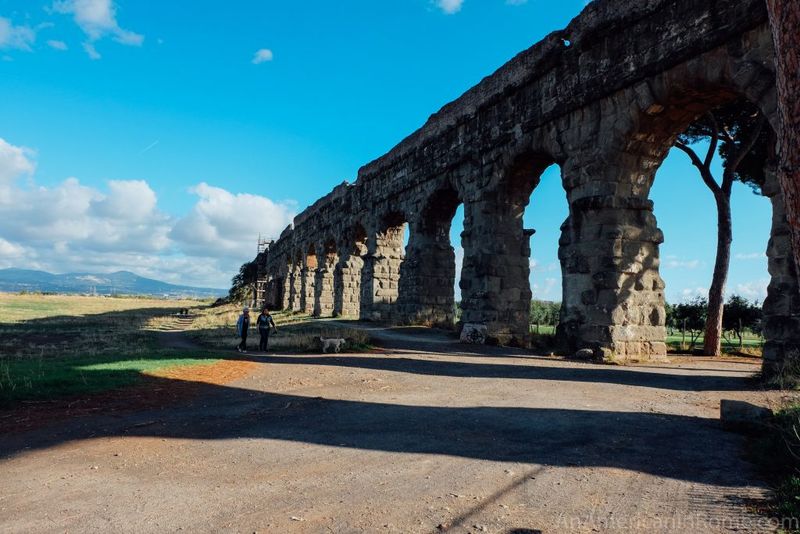
In the heart of the Roman countryside lies Parco degli Acquedotti, where the grandeur of ancient engineering stands amidst nature. This park, part of the Appia Antica Regional Park, showcases towering aqueducts that once fueled Rome’s water supply.
Now, they serve as breathtaking backdrops for leisurely strolls and picnics. Families gather under the shade of these ancient structures, enjoying the tranquility and open space.
Cyclists and joggers weave through the paths, embracing both history and health. It’s a place where past and present harmoniously converge, offering a peaceful escape from the city.
Ostiense Street Art: Urban Canvases
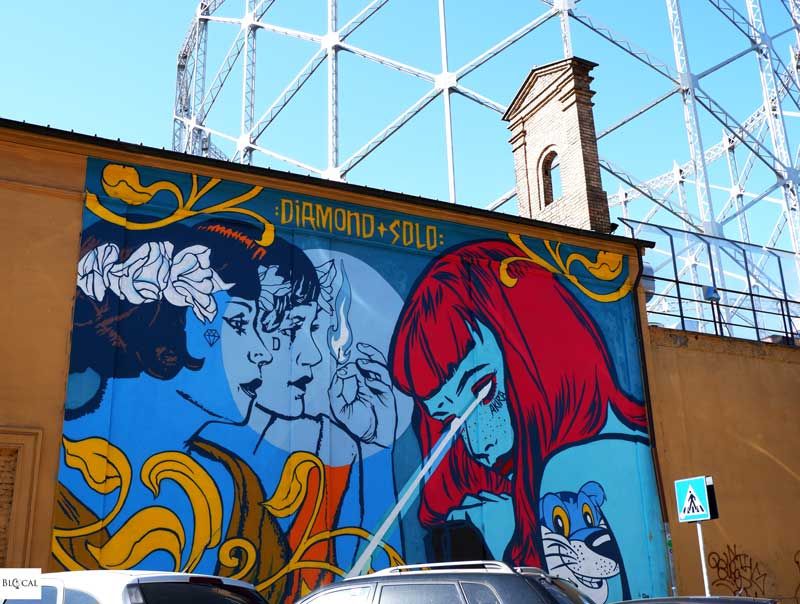
Ostiense, once an industrial hub, has transformed into a sprawling canvas for street artists. Here, the walls tell stories through vibrant murals, each piece a reflection of contemporary social themes.
Stroll through the district to witness the creative energy that defines Rome’s urban art scene. The juxtaposition of gritty industrial backdrops with colorful art is striking, offering a fresh perspective on the city’s ever-evolving identity.
Art enthusiasts will find Ostiense a dynamic gallery under the open sky, where each corner invites exploration and reflection, far from the curated confines of traditional museums.
The Protestant Cemetery: Eternal Rest with a View
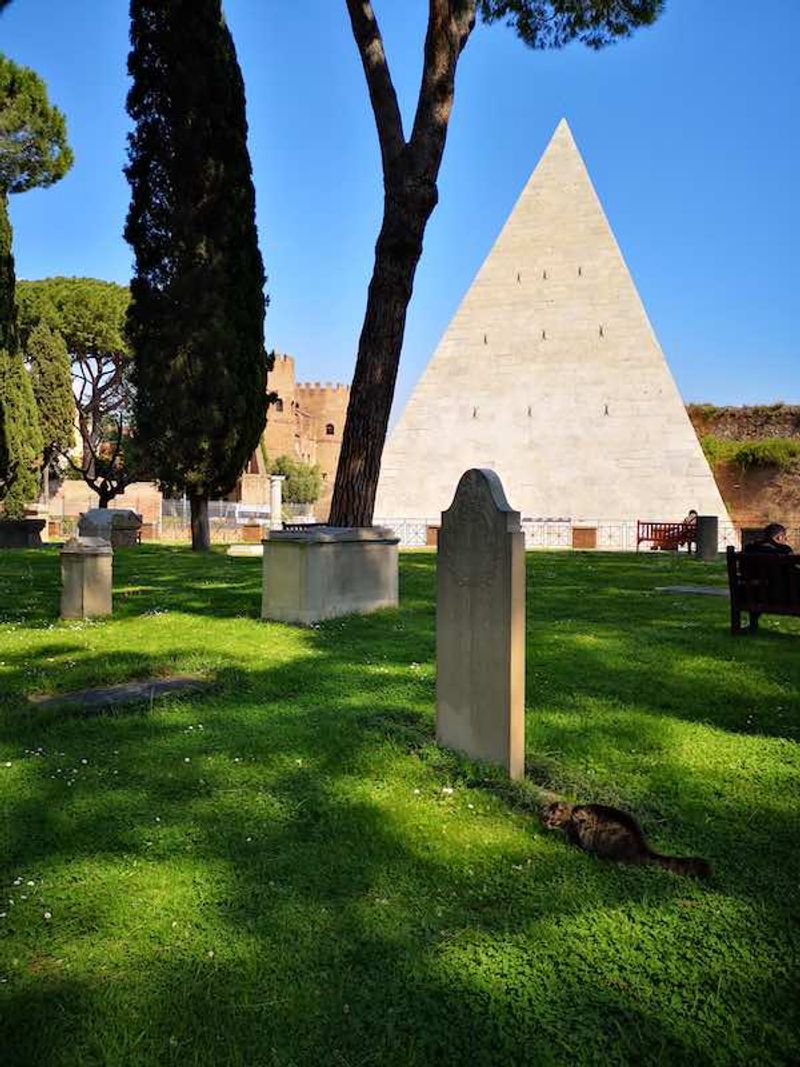
A peaceful haven in the city, the Protestant Cemetery is where notable figures find eternal rest. This cemetery is known for its serene beauty and historical significance.
Among its graves are those of poets John Keats and Percy Bysshe Shelley. The cemetery’s lush greenery and quiet pathways offer a contemplative retreat.
Visitors can also enjoy a unique view of the Pyramid of Cestius, adding a touch of ancient Rome to the tranquil setting. It’s a place where art, history, and nature intertwine, inviting reflection away from the city’s hustle.
Ponte Milvio: Love Lock Bridge

Ponte Milvio, known as Rome’s love lock bridge, carries tales of romance across the Tiber. Couples flock here to seal their love with padlocks, a tradition that adds color to the historic bridge.
As the sun dips, the river reflects a warm glow, enhancing the bridge’s romantic allure. Strolling along its path, one can feel the whispers of countless love stories.
Nearby, charming cafes and bars welcome lovers for a toast under the Roman sky. Ponte Milvio embodies both love and history, offering a romantic retreat away from the city’s more famous landmarks.
Garbatella: A Journey into 20th Century Rome
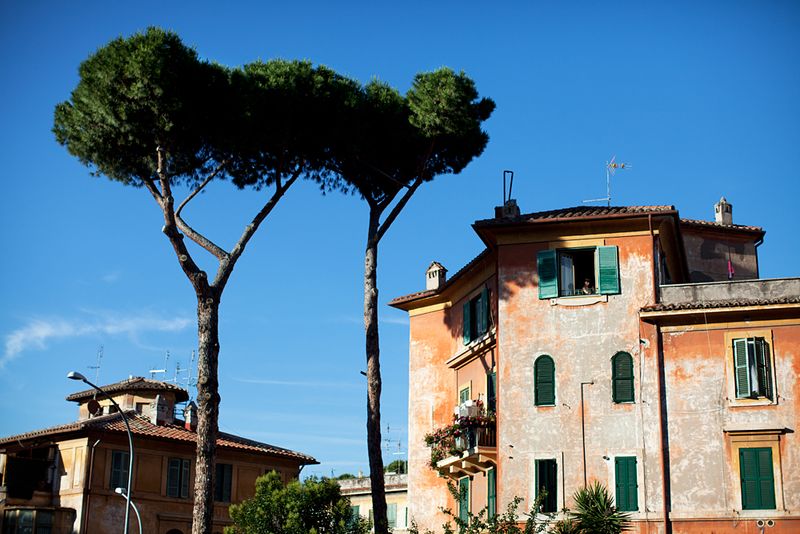
Garbatella, a neighborhood born in the 1920s, offers a journey back in time. Its streets are lined with pastel-colored buildings and lush courtyards, capturing the spirit of early 20th-century Rome.
This district, with its unique architecture, tells tales of community living. Locals engage in lively conversations, reflecting the area’s vibrant social fabric.
Exploring Garbatella reveals a side of Rome that’s both nostalgic and authentic, where history and daily life coexist harmoniously. It’s a place to wander and wonder, discovering the essence of Roman community life beyond the tourist gaze.
Coppedè Quarter: Surreal Architecture
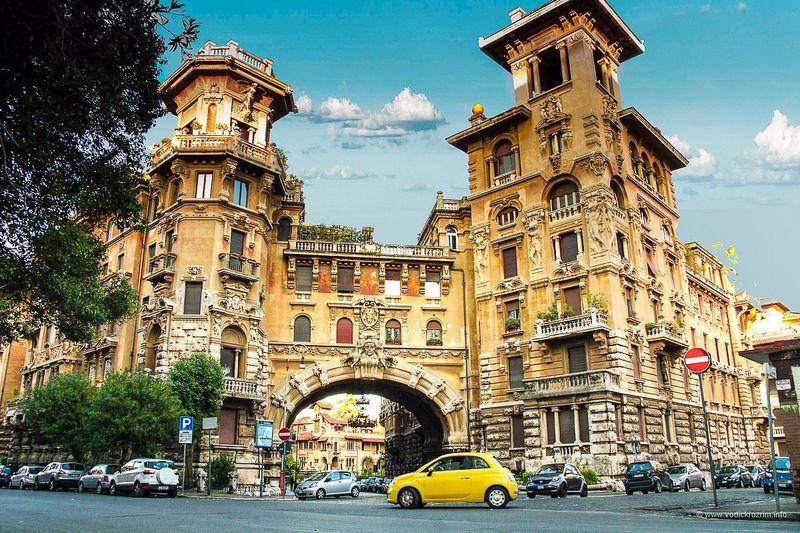
Coppedè Quarter, a lesser-known architectural marvel, intrigues visitors with its surreal design. This area, conceived by architect Gino Coppedè, blends styles from Gothic to Art Nouveau.
Its intricate facades are adorned with mythical creatures and floral motifs, creating a dream-like atmosphere. Walking through its streets feels like stepping into a fantastical narrative.
Locals and tourists alike are drawn to its artistic allure, often pausing to admire the whimsical details. The Coppedè Quarter is a testament to Rome’s diverse architectural heritage, offering an imaginative escape from the ordinary cityscape.
Mercato di Campagna Amica: Farm Fresh Finds
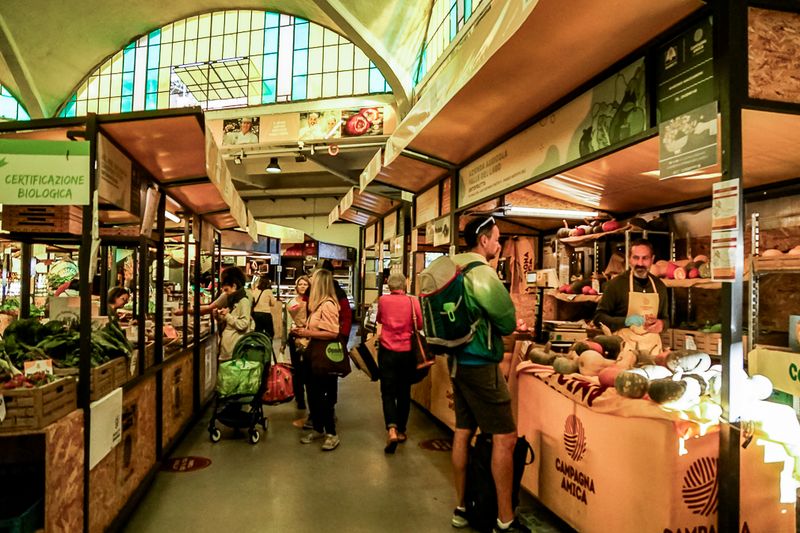
For those seeking fresh flavors, Mercato di Campagna Amica is a must-visit. This market, dedicated to local farmers, showcases Rome’s agricultural bounty.
Stalls brim with vibrant produce, artisanal cheeses, and homemade jams. The air is filled with the aroma of fresh herbs, inviting food enthusiasts to indulge their senses.
Engage with local vendors, who share stories behind their products, adding a personal touch to each purchase. The market is a celebration of Rome’s culinary traditions, offering a taste of rural life within the urban landscape.
Santa Cecilia in Trastevere: A Musical Oasis

Santa Cecilia in Trastevere, a basilica steeped in history, serves as a haven for music and spirituality. Dedicated to the patron saint of music, this church regularly hosts enchanting concerts.
Its ancient frescoes and serene atmosphere create an ideal setting for reflection and appreciation of the arts. Visitors are often moved by the harmonious blend of history and melody.
Attending a performance here is a unique experience, where music and spirituality converge. Santa Cecilia offers both solace and inspiration, a reminder of Rome’s rich cultural tapestry.

